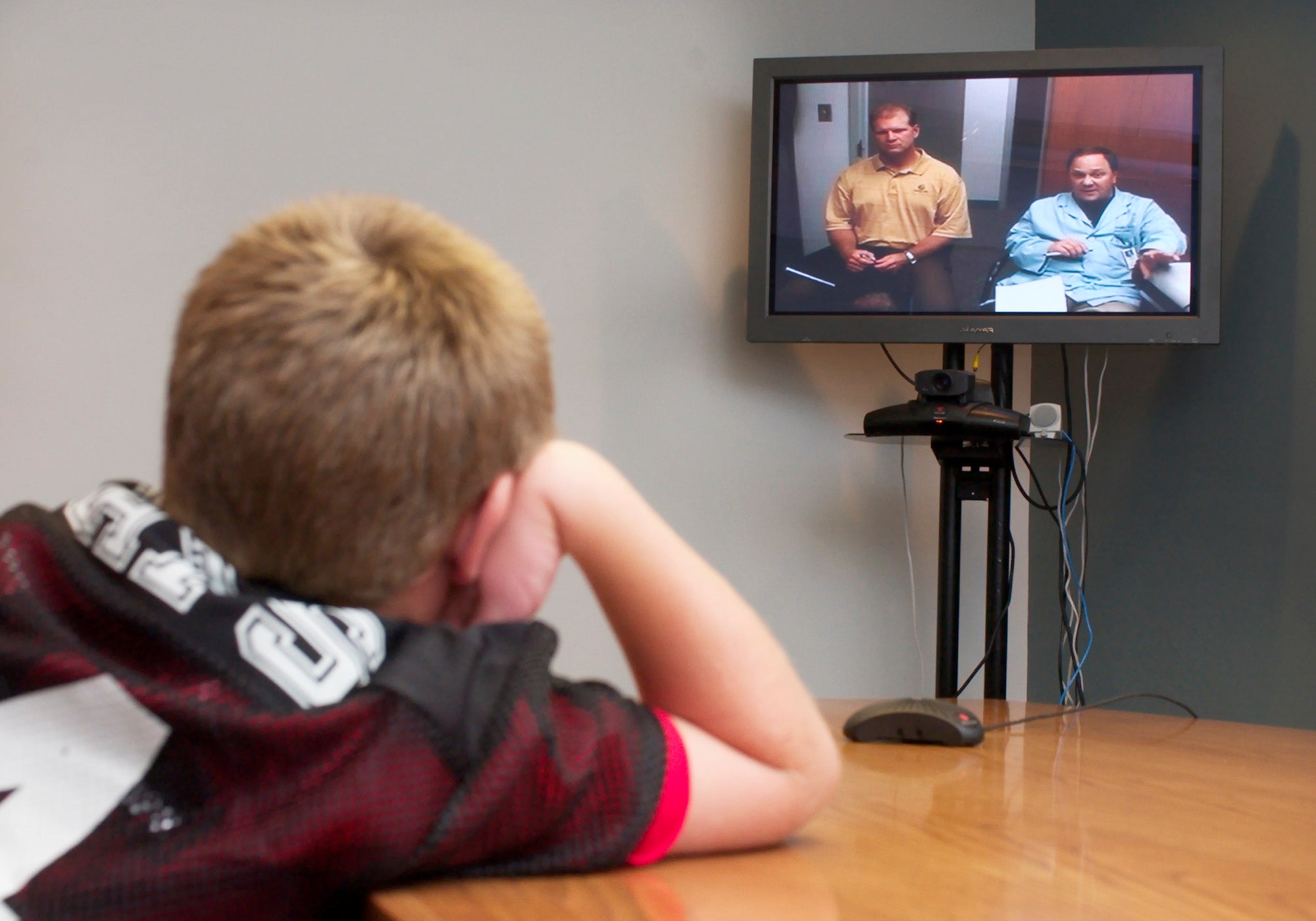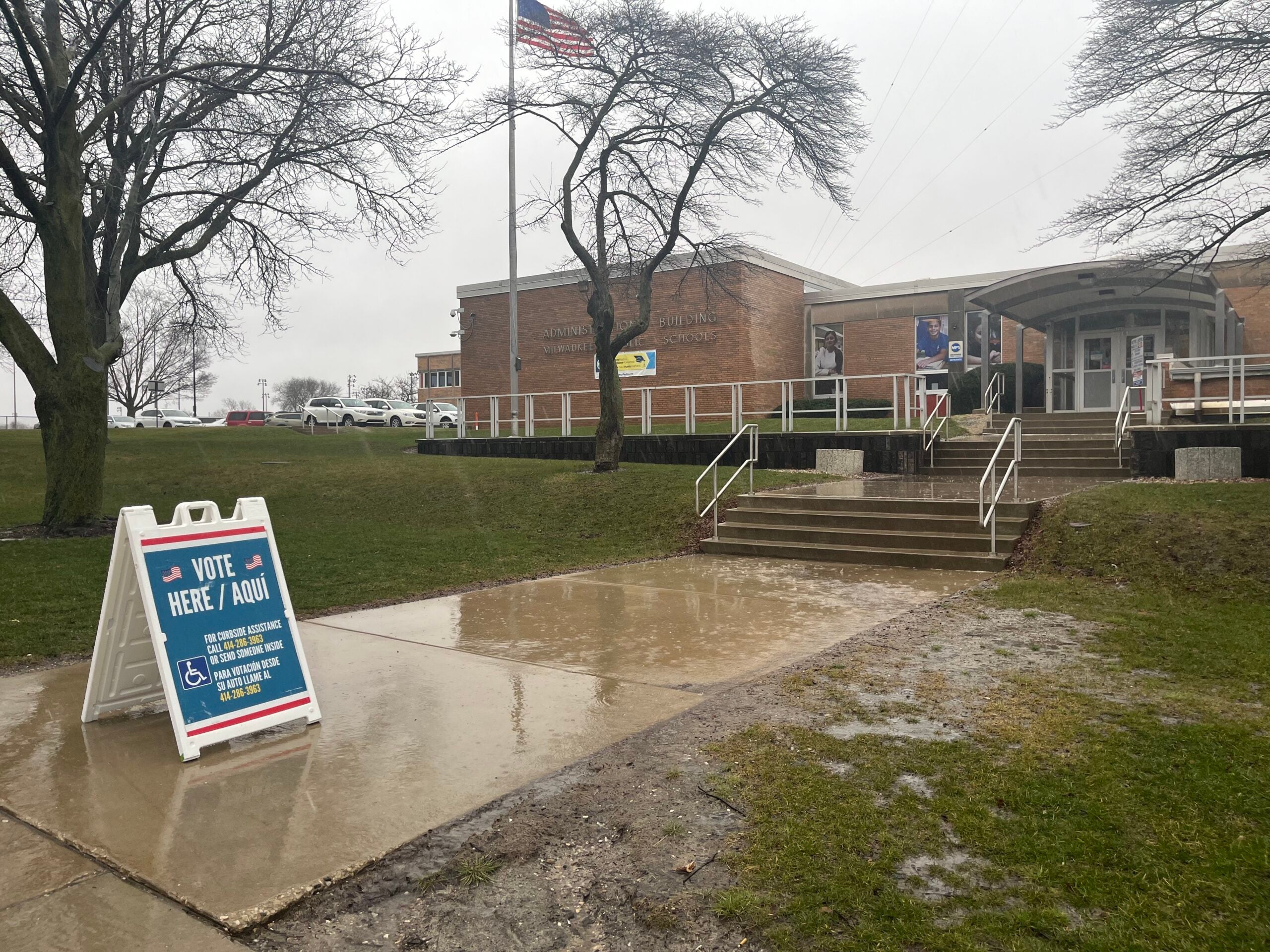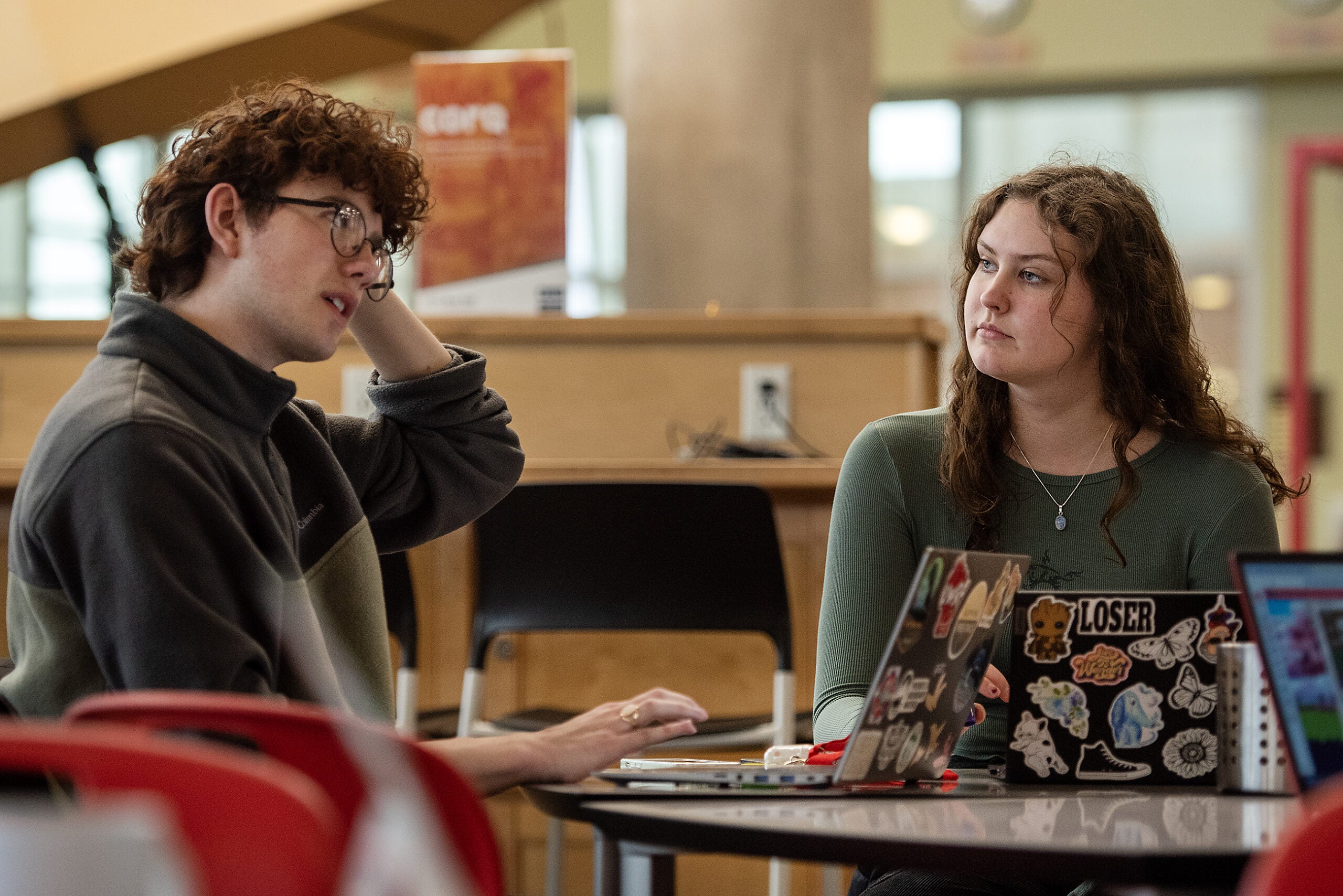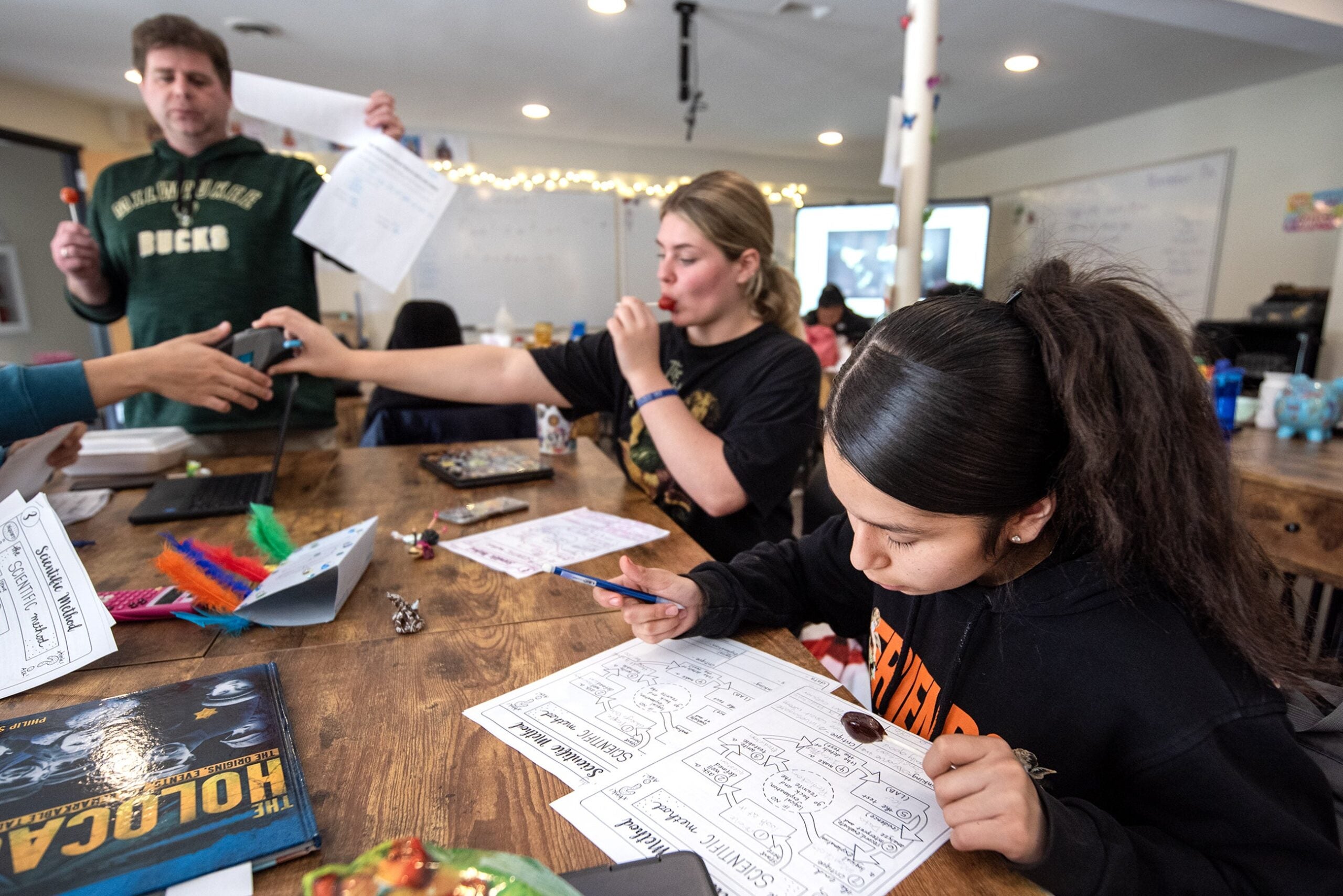Technology will be used to bring mental health services to students in the rural Lake Holcombe School District through a partnership designed to combat a sparsity of nearby counseling resources.
Prevea Health counselors will connect with Lake Holcombe students through telehealth, a video-conferencing system. Without that technology, such services to the district about 40 miles northeast of Eau Claire are scant, with the nearest health care facility about a 20-minute drive away.
“We found that it was a barrier to care for patients who were seeking services but didn’t have a means of transportation to receive the service, and also wasted patient time to try to have the counselor commute to the more rural schools,” said Nicole Califf, a behavioral care clinic manager for Prevea.
Stay informed on the latest news
Sign up for WPR’s email newsletter.
But it’s important that those students get treatment, Califf pointed out, because mental health problems left untreated often get worse. And earlier intervention often means those patients are better at building skills to manage their symptoms and recover, said Jeni Gronemus, a Prevea licensed professional counselor.
The Lake Holcombe School District teaches about 300 students, and school guidance counselor Barb VanDoorn estimated the percentage of students struggling with mental health is either on par or greater than the state average of 20 percent of students.
Some of the most prevalent health disorders are anxiety, which often starts early, and depression, which shows up more commonly among teenagers, she said.
Students seeking treatment through this pilot program will enter a private room, made more homey with a comfortable chair and rug, near VanDoorn’s office. There, they’ll connect with their therapists on a television screen. Parents’ insurance or Medicaid will cover the cost of the services.
Partners hope to have the program up and running in October.
“We are excited about our opportunities with telehealth counseling services as we can reach more students who are in need,” Califf said.
A total of $60,000, divided over two years, will fund Lake Holcombe’s plans.
That funding is provided through a Wisconsin Department of Public Instruction grant worth $6.5 million that was awarded to 120 school districts to address mental health needs. It’s estimated that 120,000 students will be helped by the aid, which will enable students to connect with either school or community mental health providers.
Initially, $3.25 million was allocated to 51 districts through the School-Based Mental Health Grants awarded by DPI. There were so many applicants that funding and the number of districts receiving the aid was increased.
In Lake Holcombe, Jamie Kampf is working with a team to get the technology set up. Kampf is the distance learning operations manager for Cooperative Educational Service Agency (CESA) 10, which works with 48 members to coordinate distance learning classes, provide live-streaming and other technological services.
Kampf said the district will use a Webex platform, which has been deemed a secure way to communicate by Prevea, and CESA 10 already holds licenses for it.
“I’m excited to bring a new service to an area that would otherwise be limited,” she said. “It seems like a logical partnership between the clinic and district.”
Last year was the first time mental health grants were awarded by DPI, but those grants didn’t cover telehealth. That has since changed.
Additionally, a change was made to an earlier Medicaid requirement for high-end technology that elbowed the school district out of coverage. That change made it possible for Lake Holcombe to receive Medicaid reimbursements.
“In that short amount of time, things fell into place,” VanDoorn said. “It was wonderful because we’d already been doing some of the background work.”
Van Doorn had been working on starting a program to get therapists into the school, but it just wasn’t feasible because of a lack of providers and travel distance.
“It was no fault to the system, or the desire, but it just wouldn’t work,” she said.
Wisconsin Public Radio, © Copyright 2024, Board of Regents of the University of Wisconsin System and Wisconsin Educational Communications Board.






